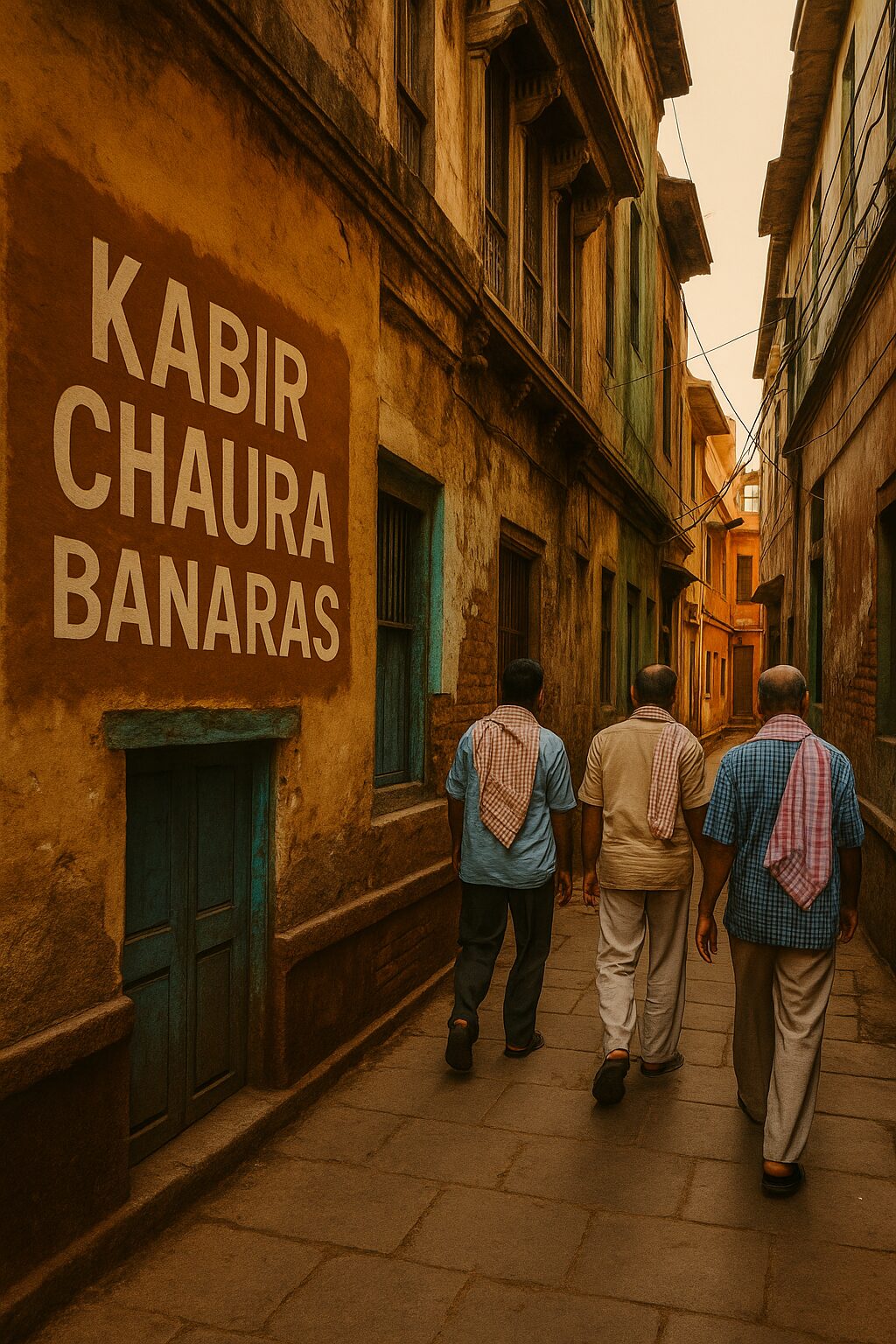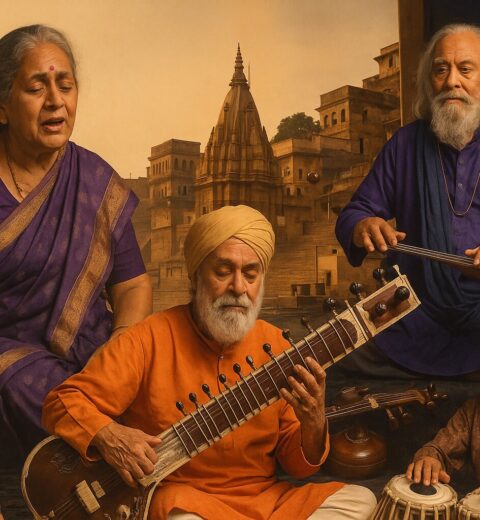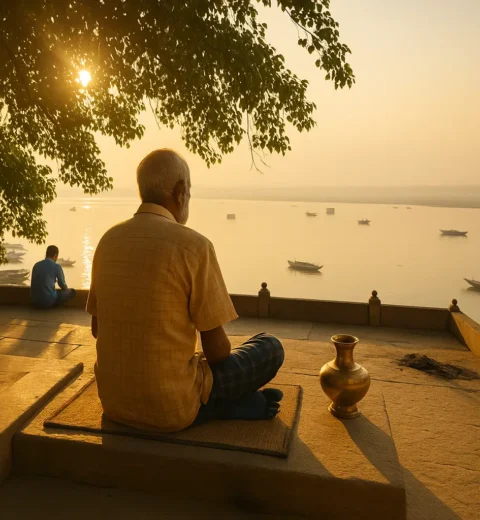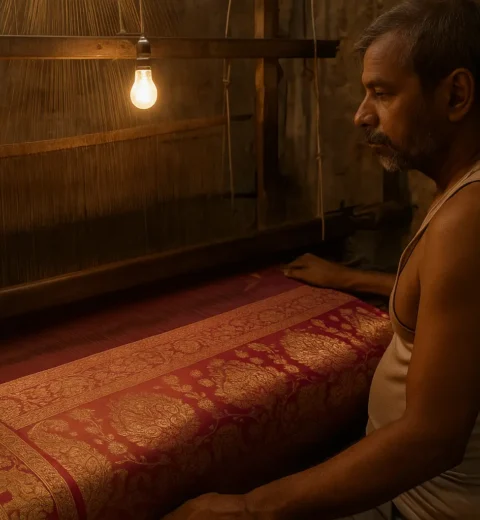“दरअसल ये गली जादू की है, और इसके लोग जादूगर हैं…” — Vyomkesh Shukla
Hidden in the heart of Varanasi, away from the grand ghats and tourist trails, lies Kabir Chaura — a seemingly ordinary neighborhood with an extraordinary soul. In a recent video uploaded by Banaras-based writer Vyomkesh Shukla, the cultural and spiritual essence of this area was captured with poetic reverence. His narration, laced with earthy pride and cultural insight, paints Kabir Chaura not just as a locality, but as a living museum of Indian classical music and art.
A Lane of Magic and Magicians
Vyomkesh calls it a gali of magic and magicians — not the kind with cloaks and tricks, but of sur, taal, poetry, and performance. The men of these gallis, wrapped in gamchhas, speaking bluntly, laughing loudly, and cursing affectionately in pure Banarasi spirit, have given India some of its greatest musical legends. From these very alleys have emerged Padma Shri, Padma Vibhushan, and Sangeet Natak Akademi awardees.
Where Kabir Still Breathes
At the heart of this web of gallis is the spiritual icon Kabir, the mystic poet-saint whose verses broke caste barriers and challenged orthodoxy. His ancestral home still stands in Kabir Chaura, serving as both a physical and metaphorical center. Around his home spins an entire galaxy of music and art.
Just behind Kabir’s house is the residence of the legendary tabla maestro Pandit Samta Prasad, fondly known as Gudai Maharaj. Right next door lived Pandit Kishan Maharaj, another giant of Indian rhythm. These homes, built humbly, hold the echoes of decades of riyaz, reverence, and rhythm.
A Galaxy of Greats
The alleyways surrounding Kabir’s house form an intricate network of cultural inheritance:
- The great vocalist Siddheshwari Devi once resided in one of these lanes.
- Living legends Pandit Rajan and Sajan Mishra have called this neighborhood home.
- The memorial (devri) of Pandit Ram Sahai, founder of the Banaras tabla gharana, stands tall here.
- And so does the house of Pandit Bade Ramdas Ji, the architect of Banaras khayal gayaki, the city’s unique classical vocal style.
It’s a place where music lives, not in auditoriums, but in conversations, in morning raga practices, in the slap of tabla skins, and in the poetry of everyday life.
A Living Metaphor
Vyomkesh evokes a powerful metaphor in his narration — as if Kabir is the sun, and these artists the planets. Generations of musicians — singers, dancers like Sitara Devi, sitar players, and tabla masters — orbit around his timeless spirit, each adding their own rhythm and poetry to the cosmos of Banaras.
This convergence of poet and percussion, philosophy and performance, is what makes Kabir Chaura unlike any other place in the world.
Why You Should Visit
If you’re ever in Varanasi, don’t just stop at the ghats or the temples. Take a detour to Kabir Chaura. Walk slowly. Listen carefully. Behind the doors and within the walls, the soul of Indian classical music whispers through every crack.
And when you do, remember — this isn’t just a neighborhood. It’s an ongoing performance, centuries in the making.
Credits & Acknowledgment
This blog is deeply inspired by a video shared by Vyomkesh Shukla, a writer rooted in Banaras, whose narration brings alive the unseen, unsung Banaras. His storytelling reminds us that the magic of this city isn’t always visible — sometimes, it’s in the gallis, in the laughter, in the rhythm of an unseen tabla.
📹 Watch the original video here: Facebook Reel by Vyomkesh Shukla





